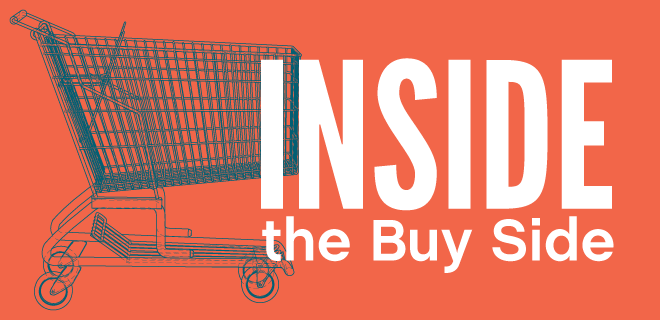
The opportunities Web3 offers marketers in delivering more effective targeting and optimization can be broken down into three buckets; a more impactful CRM platform, interoperability between media channels, and first-party data acquisition.
The Web3 mobile Wallet is the core component that ties these three streams together, forming the newest DTC channel crashing the omnichannel party that marketers should be zeroing in on this year.
Most people relate Web3 Wallets to cryptocurrencies and NFTs. Still their individually identifiable, highly secure, and web-based nature also makes them the ideal successor to email and social media accounts — a new way of identifying a customer online that bundles identity, engagement with digital objects, brand loyalty, and data ownership under one roof.
For marketers, this represents the newest DTC channel through which brands can build deeper trust and exchange-based relationships. For users, wallets enable them to give marketers consent to use their data in exchange for valuable compensation or entertainment.
Data Acquisition With Web3 Wallets
Email has dominated the brand approach for the past two decades when discussing building and deepening consumer relationships. We’ve focused on getting consumers’ consent to email their inboxes.
With Web3, marketers will gain consent from the consumer to send tokens to their Wallet as the singular place to house loyalty points, tokenized coupons, and rewards. Brands can use the insight generated by the event data of Wallet to optimize offerings, improve personalization, and ultimately drive better marketing outcomes — after all, consumers aren’t the only ones who benefit from more relevant product offerings.
A 2021 KPMG report on customer loyalty among retailers identified data-driven personalization as a key driver of brand loyalty, which bleeds into positive affinity, word-of-mouth marketing, and repeat purchasing.
Web3 Wallets offer marketers an obvious, transactional way of engaging with customers that builds trust by providing them value in return for their time, attention, and data. This value-based exchange also builds trust with consumers through transparency around what data is being collected — boosting another key driver in brand loyalty and integrity, according to the KPMG report.
Leveraging Web3 Wallets in a Cross Channel World
We’re also seeing great success with brands leveraging Wallets and Tokens to enable cross channel and multi-screen targeting and attribution, including broadcast TV, PC, & Digital Out Of Home (DOOH).
Below I unpack a recent use case in how Web3 can increase awareness, engagement, and addressability to traditional DOOH. This past holiday season, we partnered with Ocean Outdoor and one of London’s most popular shopping malls to drive immediate, measurable footfall at retail.
We approached the activation by working with the client, Lacoste, on the core business objectives — retail awareness and engagement. We leveraged our tech stack to deliver against these objectives by creating a hyper-targeted sampling campaign that used a combination of DOOH screens, Web3 technology, and an experiential pop-up photobooth at Westfield London to incentivize shoppers to hunt for samples, discounts, and prizes that had been hidden around both the mall and nationwide in augmented reality.
After being driven to sign up for the experience through a full-funnel activation of social media, online video, influencer marketing, and retail Point Of Sale, players could instantly create a Web3 Wallet through SmartMedia Technologies’ two-tap onboarding process. Players could then scan the area around them using augmented reality technology to find virtual prize boxes packed with Lacoste Polo shirts, gift hampers, samples, full-sized fragrance bottles, and more.
Web3 Is an Efficient Marketing Tool
The experiential campaign combined multiple interactive elements into one seamless flow to target the 16–34-year old demographic, who are increasingly transitioning to more immersive branded experiences.
Gamifying the product sampling process turned this formerly passive, unengaging experience into an exciting and interactive memory that delivered solid results for Lacoste, with shoppers claiming over 17,000 samples during the noisy holiday season, driving measurable footfall and data acquisition.
However, when we consider the potential that this potent combination of interoperability between media channels, first-party data acquisition, and more impactful CRM has to enhance marketers’ targeting and optimization, it becomes clear that we’re only just beginning to harness the power of Web3 as a marketing tool.
With many marketers reportedly still relying heavily on third-party cookies for measurement, this year, Web3 offers us an opportunity to adjust our collective focus, add more first-party data to our toolkits and build more meaningful relationships with our consumers, all within a singular silo.